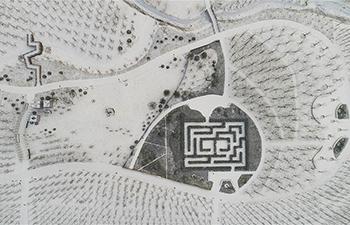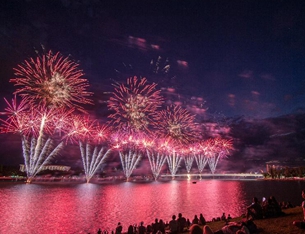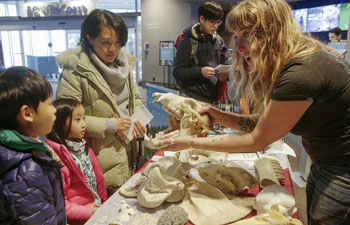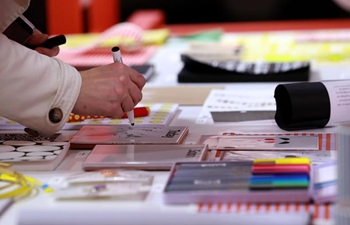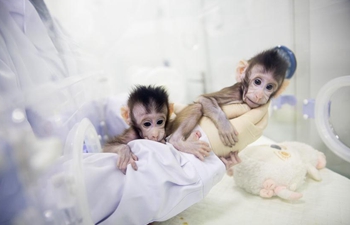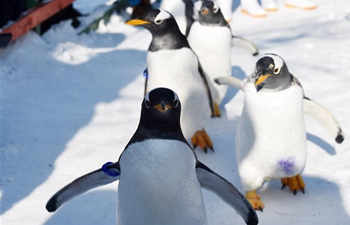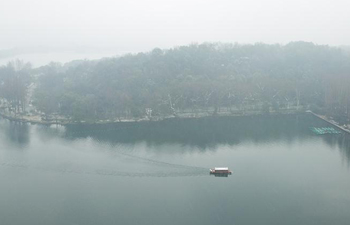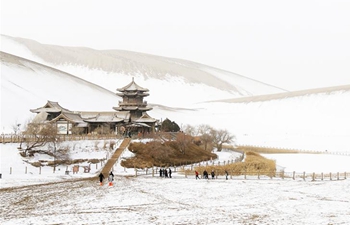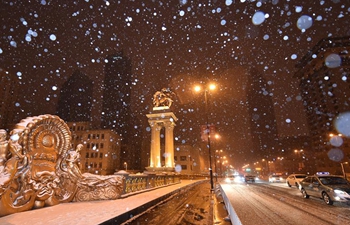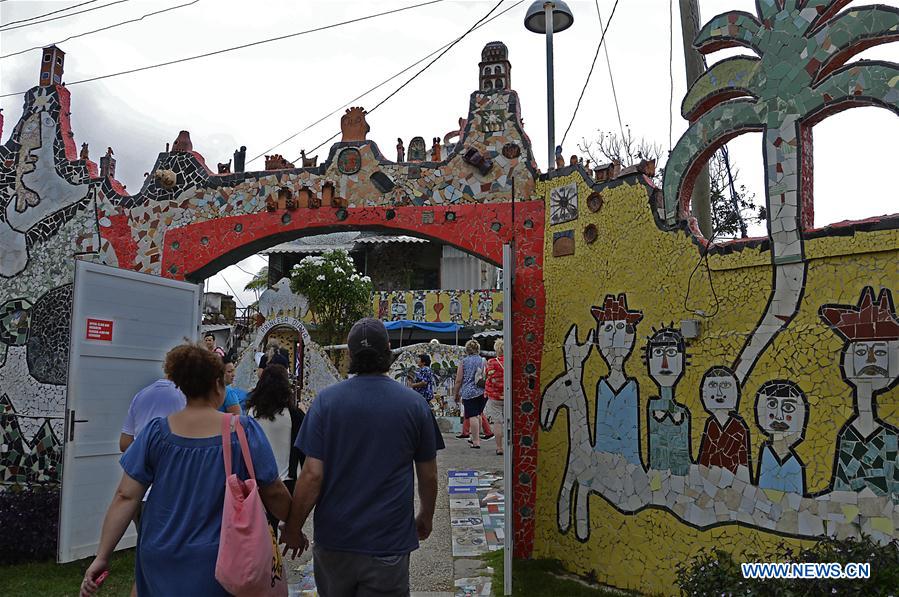
People walk past a facade benefited by the community cultural project "The Joy of Living" headed by the Cuban painter and sculptor Jose Antonio Rodriguez Fuster, in Jaimanitas of Havana, Cuba, on Jan. 25, 2018. Fusterland, a humble neighborhood to the west of Havana transformed from a remote fishing village, has become a hot tourist attraction in recent years thanks to the transformation, and the key to the fundamental change is, to the shock of many, art. Jaimanitas, or what many people call "Fusterland," owns its unusual popularity to Cuban painter and sculptor Jose Antonio Rodriguez Fuster. For the last 25 years, Fuster has used some of his income from the sales of artworks to improve the once remote fishing village. (Xinhua/Joaquin Hernandez)
by Raul Menchaca
HAVANA, Jan. 27 (Xinhua) -- Fusterland -- A humble neighborhood to the west of Havana transformed from a remote fishing village -- has become a hot tourist attraction in recent years thanks to the transformation, and the key to the fundamental change is, to the shock of many, art.
Jaimanitas, or what many people call "Fusterland," owns its unusual popularity to Cuban painter and sculptor Jose Antonio Rodriguez Fuster.
For the last 25 years, Fuster has used some of his income from the sales of artworks to improve the once remote fishing village.
The artist, who considers himself a beneficiary of the country's education system, began the transformation of Jaimanitas during the "Special Period," referring to the early 1990s, when Cuba was suffering an economic crisis following the disintegration of the former Soviet Union.
"It was a very unfortunate time for our economy. I saw myself with money and decided to start investing it in the community," he told Xinhua recently.
From an artistic point of view, he confessed that the crisis hit at a time when canvases and cardboard were not enough for him to express himself, so he started painting the walls of his house and those of his neighbors.




